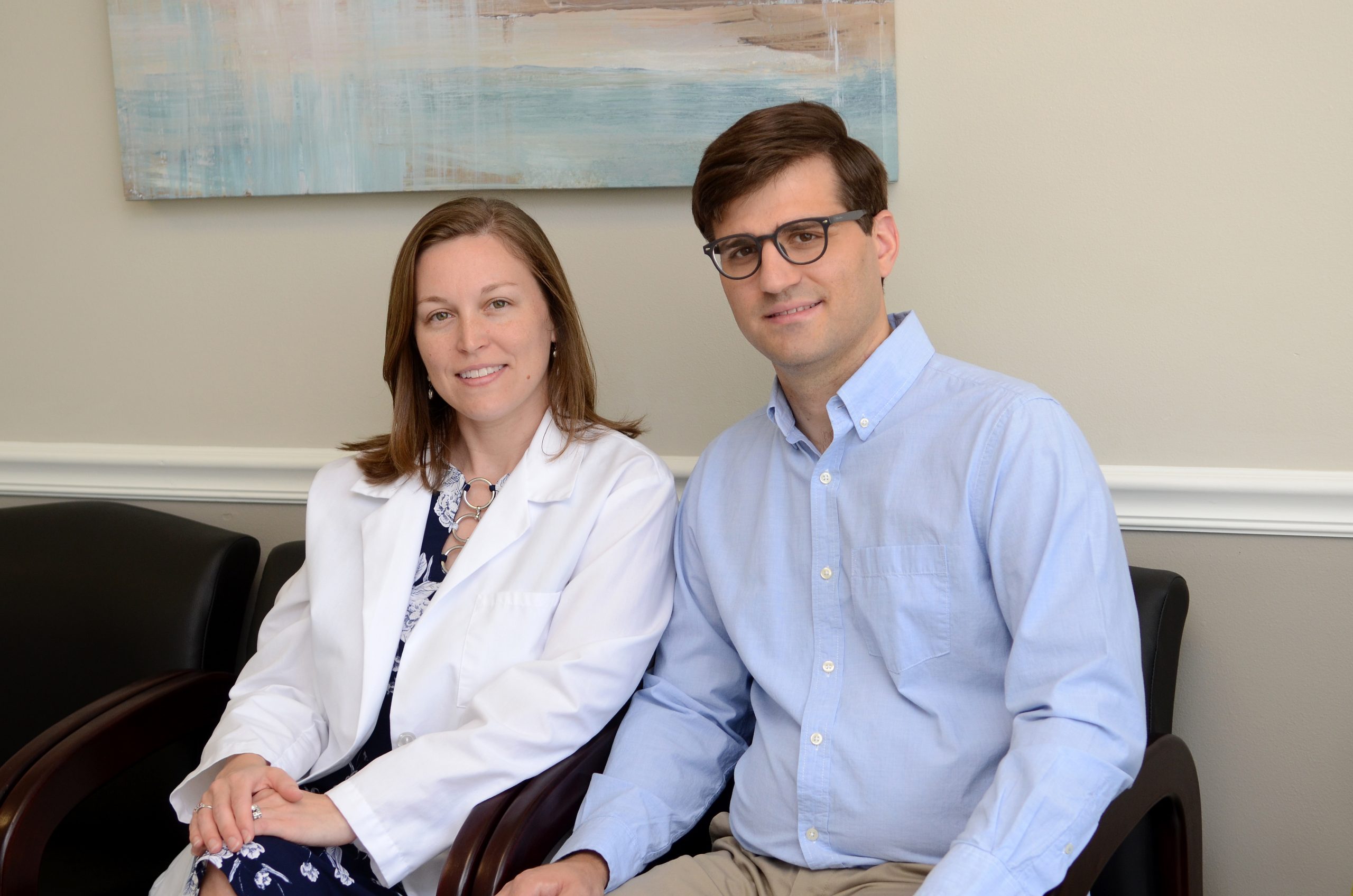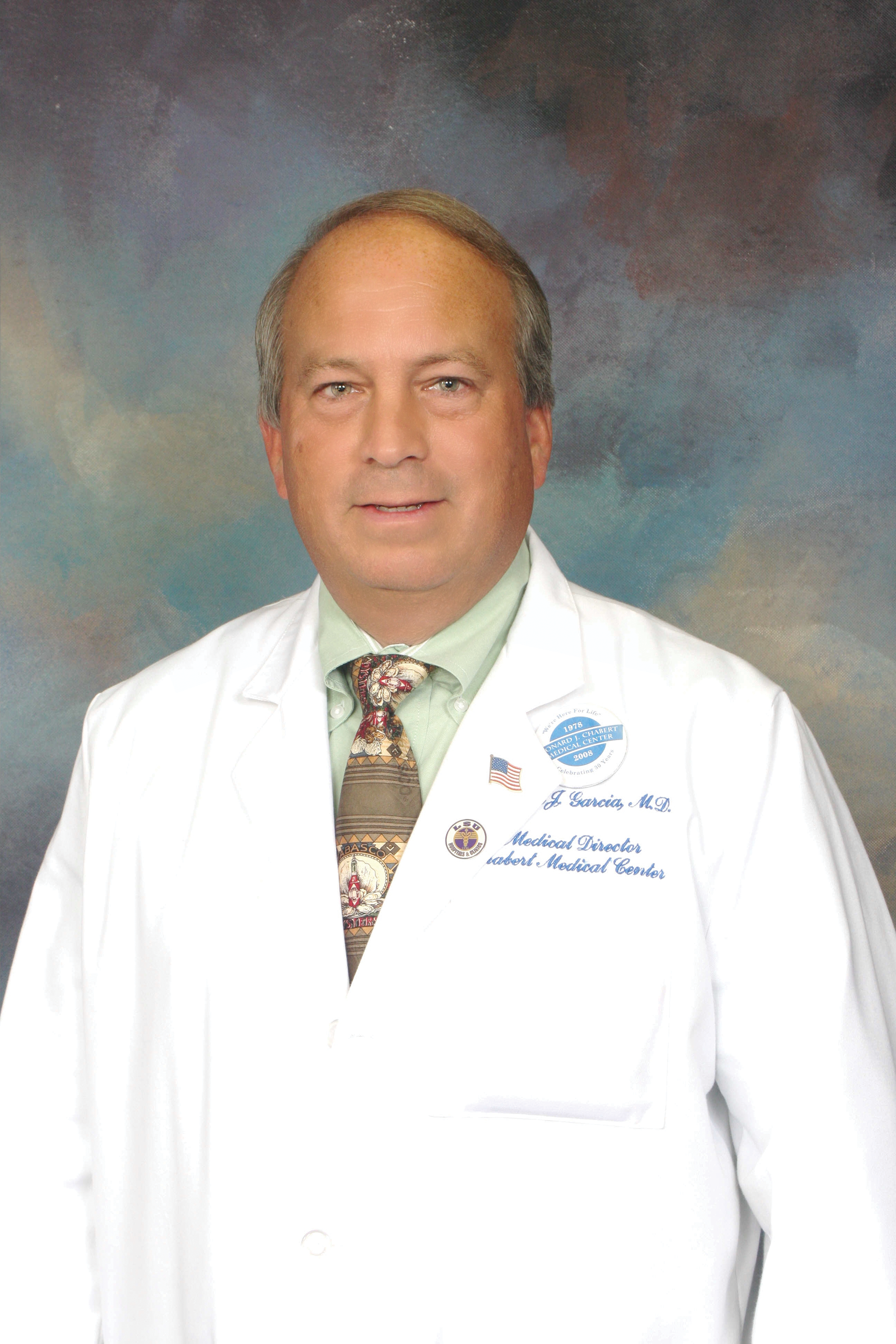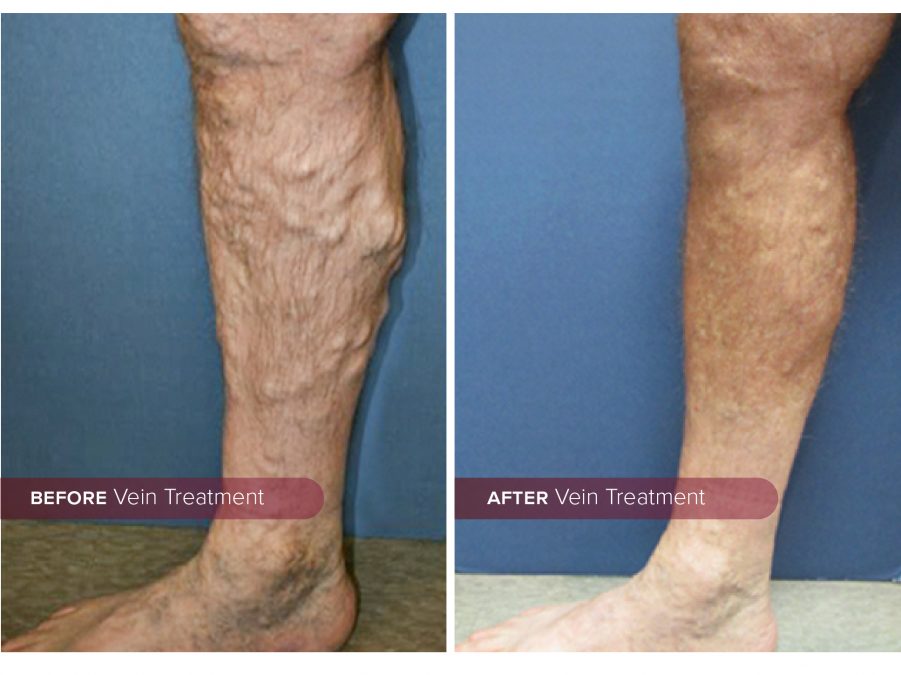
What’s Up, Doc? | Comprehensive Hearing Solutions
June 1, 2022
What’s Up, Doc? | South Louisiana Medical Associates
June 1, 2022When you think of your cardiovascular system, you most likely think of your heart and your blood vessels. However, your cardiovascular system extends to the arms and legs as well, and includes veins as well as arteries.
The Leg & Vein Center at Cardiovascular Institute of the South (CIS) is the premier clinic for the diagnosis and treatment of cardiovascular conditions in the legs, such as peripheral artery disease and venous disease. CIS cardiologists at CIS clinics in Houma, Gray and Thibodaux offer these services. These physicians include Dr. Craig Walker, Dr. Mohammed Rais, Dr. Al Timothy, Dr. Pradeep Nair, Dr. Ross Melvin, and Dr. Akshit Sharma.
Cardiovascular conditions in the legs are usually identified by leg pain, cramping, or discoloration. In the case of peripheral artery disease, also known as PAD, plaque buildup narrows arteries and reduces blood flow to the legs. Just like clogged arteries in the heart, clogged arteries in the legs puts you at risk for having a heart attack or stroke. Other symptoms include numbness, coldness, sores that won’t heal, discoloration, hair loss, shiny skin or weak pulse. If you have heart disease, you have a one in three chance of developing PAD. Other risk factors include: age 50+, smoking, diabetes, high blood pressure or cholesterol, and family history of vascular disease. A simple, painless ultrasound called an ankle brachial index (ABI) can diagnose PAD. Once detected, treatment can reduce symptoms, improve mobility and quality and life, and prevent heart attack, stroke, and amputation.
Just like in the arteries, damaged veins in the legs can also cause vascular leg complications. Venous disease, or venous insufficiency, is a condition when the veins in the legs do not properly return blood back to the heart. Damaged or weakened veins cause blood to flow backwards and pool in the legs. This leads to visible, painful or swollen veins, including varicose or spider veins. Varicose veins are enlarged, bulging or twisting veins, whereas spider veins are smaller and are seen as blue or red lines closer to the skin’s surface.
In addition to visible veins, other symptoms of venous disease include:
- Swelling or heaviness in legs
- Leg pain – Aching, cramping, burning or throbbing, especially after prolonged periods of sitting
- Discoloration of skin
- Protrusion of enlarged veins with a cord or rope-like appearance
- Dry or weeping eczema
- Leg ulcers
- Restless legs
- Itching
Diagnosing venous disease relies on a combination of symptoms, physical examination, and diagnostic tests. To confirm the presence of venous disease, a physician will most commonly use tests such as ultrasound, computed tomography or magnetic resonance imaging to visualize how blood travels through the veins. A blood test or venography x-ray can also be done to find potential blood clots.
Venous disease can be treated with lifestyle modifications as well as medication. Compression stockings are most commonly used to help relieve symptoms, improve blood flow and reduce swelling. However to treat the root of the problem, further medical treatment may be needed to reduce symptoms and improve appearance.
Cardiovascular Institute of the South offers comprehensive treatment for venous disease with the latest minimally-invasive procedures, all performed conveniently in a clinic setting. Without treatment, venous disease can worsen due to the pressure of the backflow of blood in the legs. It can cause tissue inflammation, tissue damage or blood clots, leading to ulcers and infections, ultimately making the condition painful and debilitating. That is why it is important to receive proper diagnosis and treatment from a vein specialist.
If you experience symptoms of vascular disease in the legs, visit a cardiologist to determine the cause of the problem. Schedule an appointment at Cardiovascular Institute of the South, or learn more about the CIS Leg & Vein Center, at
www.cardio.com/venous-disease.








